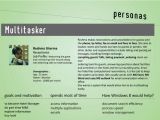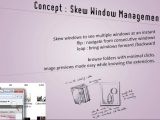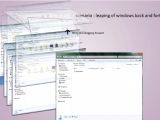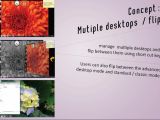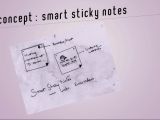Taking a look at the evolution of the Windows client from one major release to the next, it quickly becomes clear that the platform’s graphical user interface is being overhauled with every new version. Windows 8 will make no exception to this rule, with a lot of pressure already on Microsoft to not only revamp the UI, but also make sure that the redesign is tailored to emerging form factors such as Tablet PCs.
The software giant is keeping all Windows 8 details under a tight lid in Redmond, and is not expected to confirm a UI redesign until such a time when the first Beta development will go public, or just ahead of its release.
Still, the company has certainly been hard at work on taking the UI of Windows vNext to the next level, as information published by Manoj Manduva revealed (via Between the Lines).
Manduva notes that between January and March 2010 work has been poured into a document set up to illustrate how the Windows 8 UI could evolve.
Manduva was involved in an “industry collaborative project under the supervision of Microsoft R&D India pvt Ltd, Hyderabad , is about creating a new and innovative interfaces and user experiences for the next generation Operating system Windows 8 for information workers.”
“Windows is the most used operating system around the world and majority of them are information workers who have very unique work profiles and need unique interfaces to be designed as part of OS,” Manduva added.
“This project was a combination of both User centered and Activity Centered design approach with focus on design research.”
Windows 8 could help boost multitasking by increasing the efficiency of search, but also through enhanced performance as well as the evolution of window management.
In this regard, Manduva proposes that Windows 8 feature Skew Window Management. This feature would allow users to view and access multiple windows instantaneously, and will sport flip navigation, from one item to the next, and leap forward / backward options.
Skew Window Management could mean a reduction in the number of clicks or finger taps necessary to navigate folders.
Windows 7 users already enjoy unmatched flexibility when managing opened windows on their desktops, with such options as Aero Snap, Aero Peek and Aero Shake, but Windows 8 could bring to the table a new gesture, Leap.
Leap would allow Windows 8 users to seamlessly flip back and forth between windows on the desktop, by jumping from one item to its predecessor or successor.
Another concept mentioned by Manduva involves multiple desktops for Windows 8. There are already solutions allowing users to take advantage of multiple desktops in Windows, but what if this would become a default feature of the operating system?
What if customers could simply flip from one desktop to another much in the same manner as additional screens extend the home screen for modern smartphones?
And there’s even a mention of Windows 8 having swappable advanced and classic desktop modes, which certainly sounds interesting.
But I must strongly underline the fact that the Windows 8 UI designs from Manduva are nothing more than concepts, and that there’s no guarantee that the features mentioned above, if any, will actually make it into Windows vNext.
The way I see it, Microsoft’s true challenge with Windows 8 is not the evolution of the UI, but the marriage between the GUI and the NUI (natural user interface).
Windows 8 needs to be superior to Windows 7, NUI-wise. Sure, Windows already supports multi-touch, and offers NUI APIs to devs, but how about a new shell that’s built like the developer never used a mouse or a keyboard, how about Kinect-type gesture control integration? How about some mind-blowing NUI + GUI innovation?
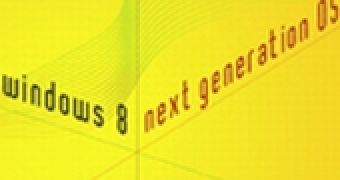
 14 DAY TRIAL //
14 DAY TRIAL // 
